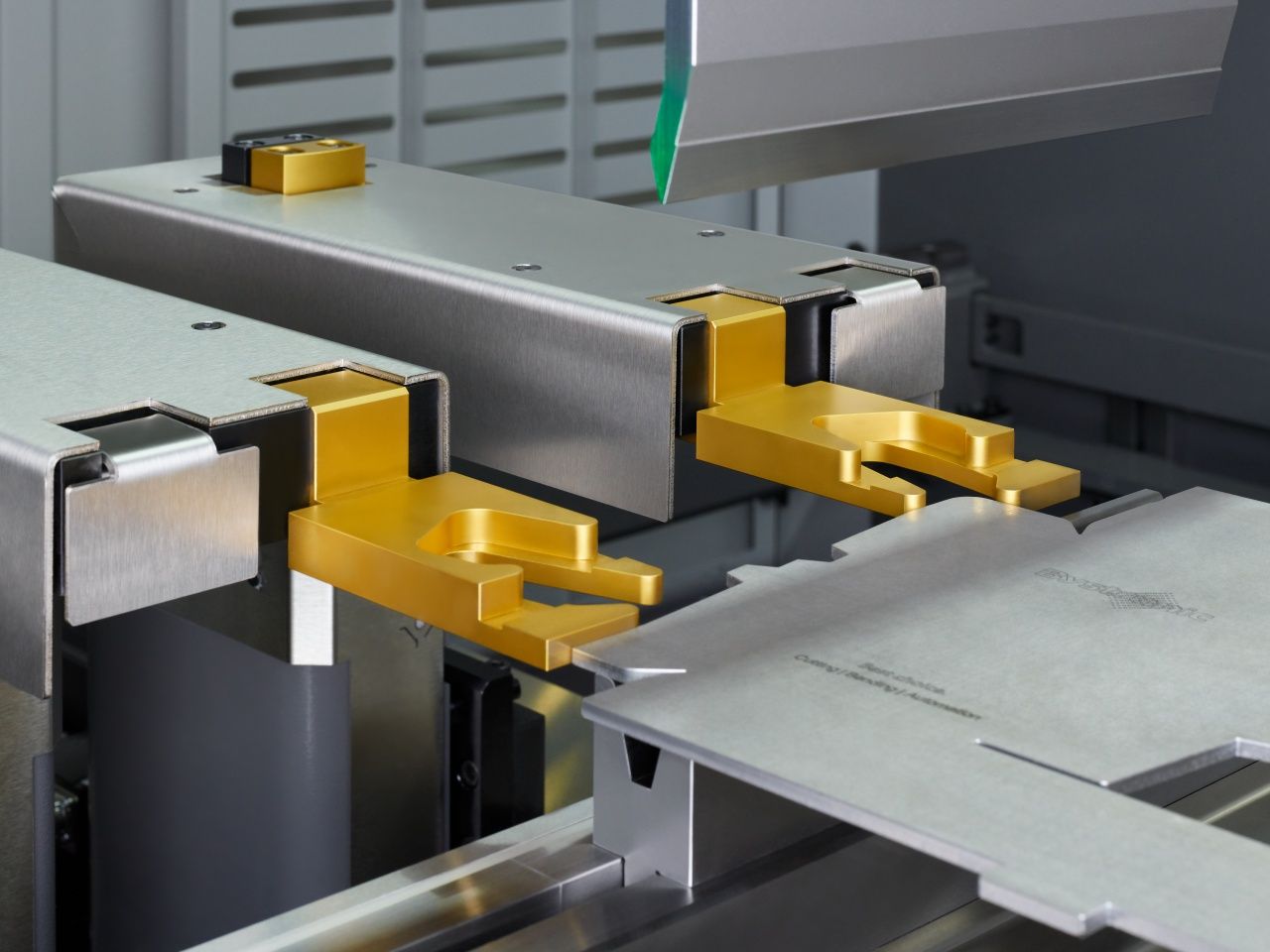
Blog Analyzing the Metal Fabricating Value Chain (Part 3)
Improvements through Innovation
The goal of analyzing a process should be to find better, more productive, and efficient ways to achieve the desired result, which is another way of saying that it requires innovative thinking. Almost always, adding innovation to the process involves improvements in technology that make the process easier, faster, and more efficient than before. This is where technological innovation can be introduced as a solution for managing constantly rising operating expenses.
With increased speed comes the real benefit: less time and cost required to produce the same product. The question then becomes: “What does the new technology cost and what is the return on investment?” Given the unpredictable nature of increasing costs, perhaps the better question might be: “What will be the long-term cost of failing to invest in new production technologies?” How do I lower my cost per part in the face of increasing variability?
Innovative Technologies
With the introduction of innovative machine technologies into modern CNC press brakes, tasks have become simpler and less time consuming and overall productivity has increased. Today’s modern CNC press brakes have features and built-in “smart technologies” that intelligently guide even a novice user through press brake setups and operations. Consequently, the skill sets required to operate these machines have also changed dramatically.
There are “smart technologies” that are built into the modern CNC press brakes that directly impact not only the quality of the finished parts but the experience level required of the operator. With these smart technologies, the experience no longer resides with the operator, but within the machine itself. For example:
- Automatic dynamic crowning ensures that your angles are consistent along the entire bend length.
- Thickness detection accounts for material thickness deviations and automatically re-calculates the new bottom dead center of the bend angle.
- Mechanical compensations also include frame deflections which can vary depending on the applied tonnage and also temperature compensation for the hydraulic system as it affects the frame over time with varying temperatures. These compensations are applied dynamically during the bending process without operator intervention.
- Laser angle measuring systems measure and adjust each angle during bending to ensure consistency in bend angle accuracy independent of material properties. This is especially useful when bending parts that have been cut with different grain directions or of varying tensile strength properties.
Reducing set-up time
Below is just a small list of the set-up tasks that are either eliminated altogether or reduced to very little time using modern press brake technologies.
- Side-loading of punches
- Shimming of punches and dies
- Changing 4-way dies
- Manual adjustment of back gauges
- Manual adjustment of the crowning table
- Manual adjustment of laser-based safety guarding
- Manual bending of large and or heavy parts
- Programming at the press brake
- Calculating bend deductions
- Making constant bend angle corrections
If you are currently experiencing any of the above in your press brake operations, then you are losing valuable available bending time due to increased set-up time.
In part 4 of ‘Analyzing the Metal Fabricating Value Chain,’ we will look at fully automating CNC press brake operations. Here too are additional opportunities to increase efficiencies in your fabrication value chain. Continuous improvement and continuous innovation are how leading-edge companies continue to grow and expand. It’s not about how the process is today but the vision of how it could be, given advancements in technology.